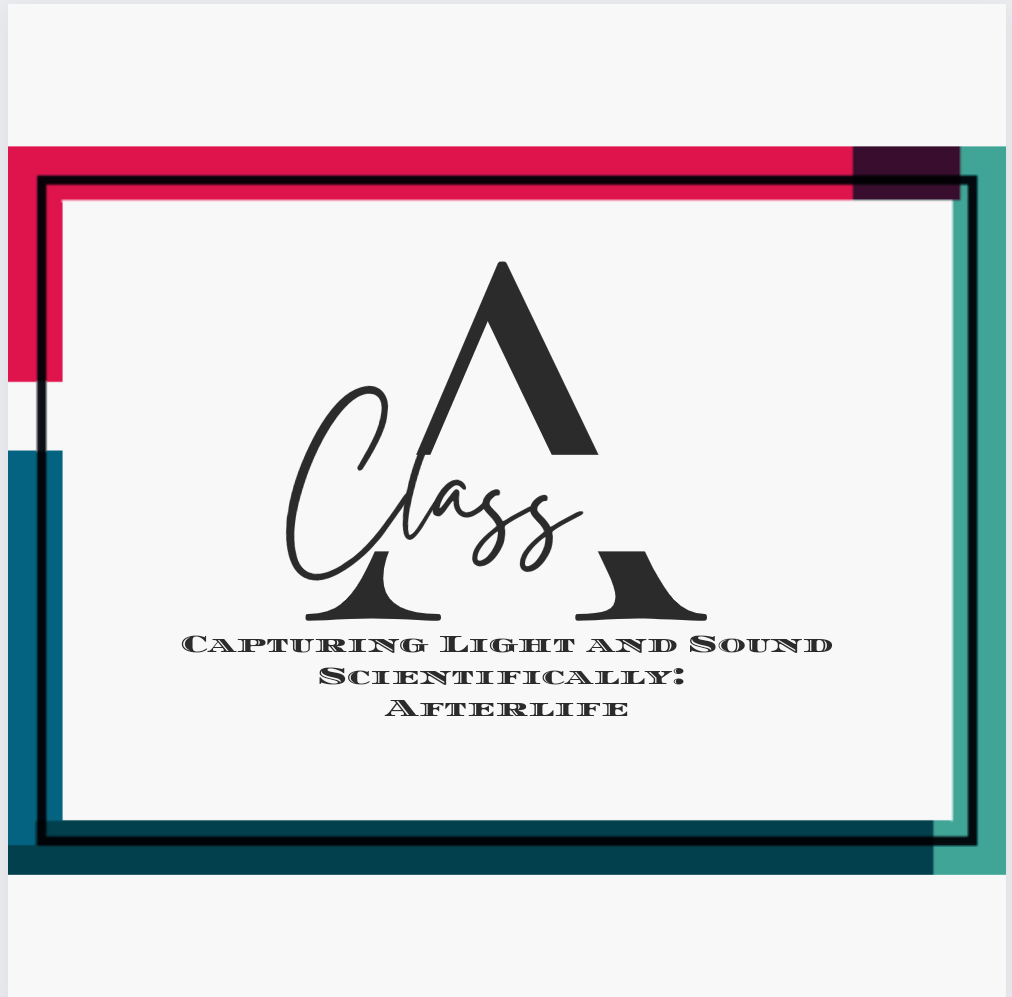Pareidolia; Not Just a Pretty Face
- classaparanormal613

- Feb 21, 2022
- 3 min read
Updated: Apr 4, 2022
The natural inclination to perceive faces in everyday objects (where there aren't any), is called pareidolia. It's a pervasive and natural brain processing function (or malfunction) experienced by nearly everyone.
The reason for it isn't certain, though there are many substantiated theories. One thing is clear, the imagination can have incredible power over the perception process. Things aren't always what they seem...

How Does It Happen?
It's thought that the "Top-Down" processing function is responsible for the simulated imagery and confusion. Our retinas intake an upside down and imperfect snapshot of the reflected reality (basically just light waves) and the brain attempts to make its best interpretation before tidying it up, flipping, and editing it for us to "see".
Evidence suggests it's between this eye-brain process that a mistranslation is happening. It's become pretty obvious that, for whatever reason, we've become insanely sensitive little face detectors, constantly scanning surroundings and assessing perceived patterns in a predictive way based on past experiences. If something with two dots and a curved line below is usually a face, we'll (briefly) assume that that car bumper must also be a face.
Interestingly, although we can discern that it isn't a human face, logically, we still regard it subconsciously as a face. A recent study by Japanese researchers concluded that humans track the "gazes" of faux faces in the same way we do humans. What is that car staring at?! We gotta know!

The phenomenon can be easily induced with some priming, making it easy to study with simple static images and a diverse population sample.
Who's Most Susceptible?
In these studies, we've discovered some bias. One group is most likely to be the face perceived and one group in particular is more susceptible to perceiving faces.
A jarring study found that we oddly have the inclination to perceive the pareidolia faces as males much more often than females - a whopping 90% to be exact.
The other strange finding, from another study, was that religious/spiritual people and those who believe in the paranormal are "better at identifying the previously defined face-like regions in the images but were also prone to false alarms. Signal detection analysis revealed that believers had more liberal answering criteria than skeptics, but the actual detection sensitivity did not differ. The paranormal believers also evaluated the artifact faces as more face-like and emotional than the skeptics"(think Jesus-in-the-toast phenomenon). Luckily, we take as skeptical an approach as possible.
Why Do We Recognize Facial Patterning?
Here we've got 3 running theories that account for these false alarm occurrences. It's likely a combination of them all.
Meaning
Taking the prominence of spirituality and the religious susceptibility study into account, it's clear we seek meaning in life. Throughout the ages, religions have habitually personified inanimate objects/events (thunder, trees, etc) in a way that 'animates' them to their liking. This is likely a way to humanize the unknown and project intention on things seemingly random and meaningless, for the sake of comfort and familiarity.
Survival
Being able to detect faces rapidly and efficiently is massive to our survival. Predicting an oncoming threat could mean the difference between life or death. It can also identify help/rescue. We're likely more prone to seeing faces because people are one of the most important aspects of our environment to identify.
Familiarity
When we're born, one of the first images we see is a face (or many). Throughout childhood we continue to experience our primary stimuli from faces (silly faces, imitation, expressive communication, teaching, etc). Faces are one of the most repetitive patterns of imagery in our lives, so it makes sense that we may sort mundane things into faces. We tend to project what we know best it seems.
As paranormal researchers and investigators, we have to recognize this instinct, as well as take into account our surroundings. We mostly work in the dark, use dark photography, and investigate unique landscapes rich in texture and detail.
It's our job to constantly discern between the possibility of a 'ghostly apparition' in our findings or if pareidolia is more plausible. We ask ourselves: could it be
a reflection?
an projection of imagination?
our expectations/confirmation bias?
a face-like pattern?
a grainy picture?
Using the surrounding landscape as reference we can slowly evaluate whether it follows a greater textural pattern and is a trick of the eye or if it's objectively compelling.
Not to toot our own horn, but we've gotten pretty good at it. Follow our adventures and check out our findings!






Comments